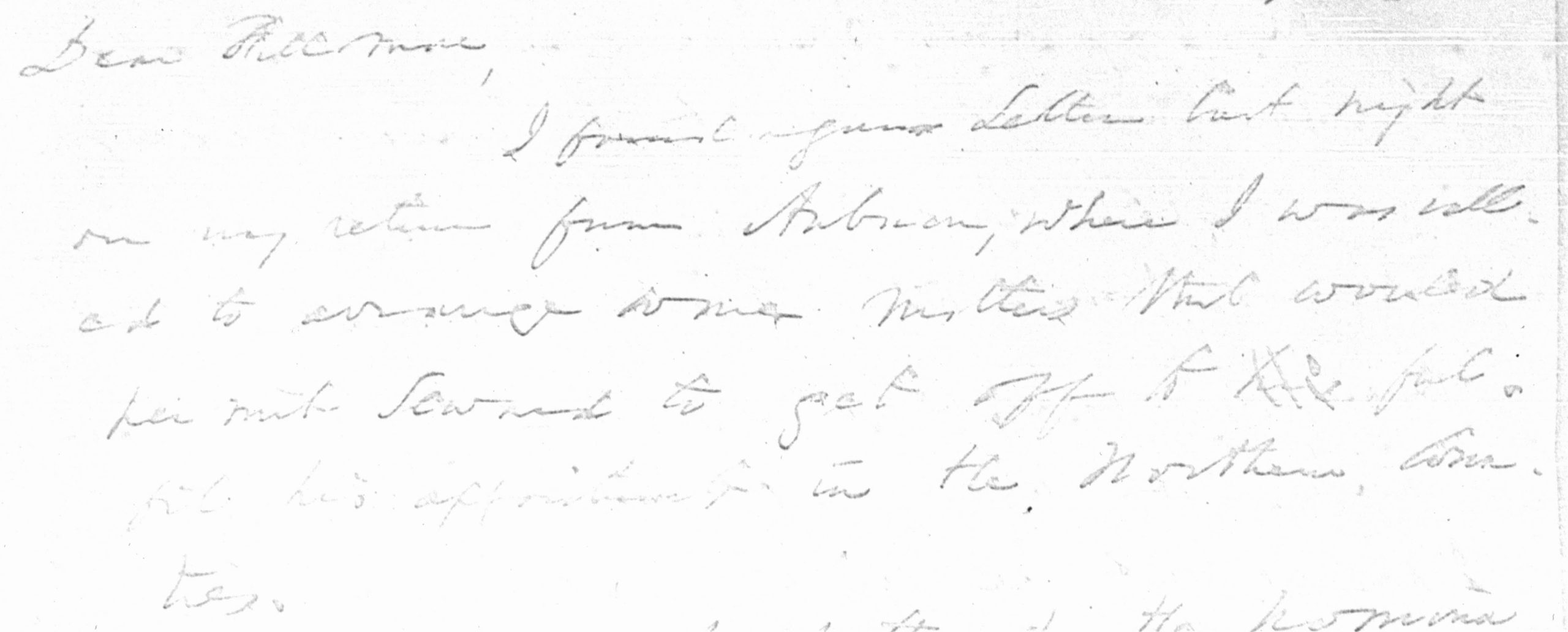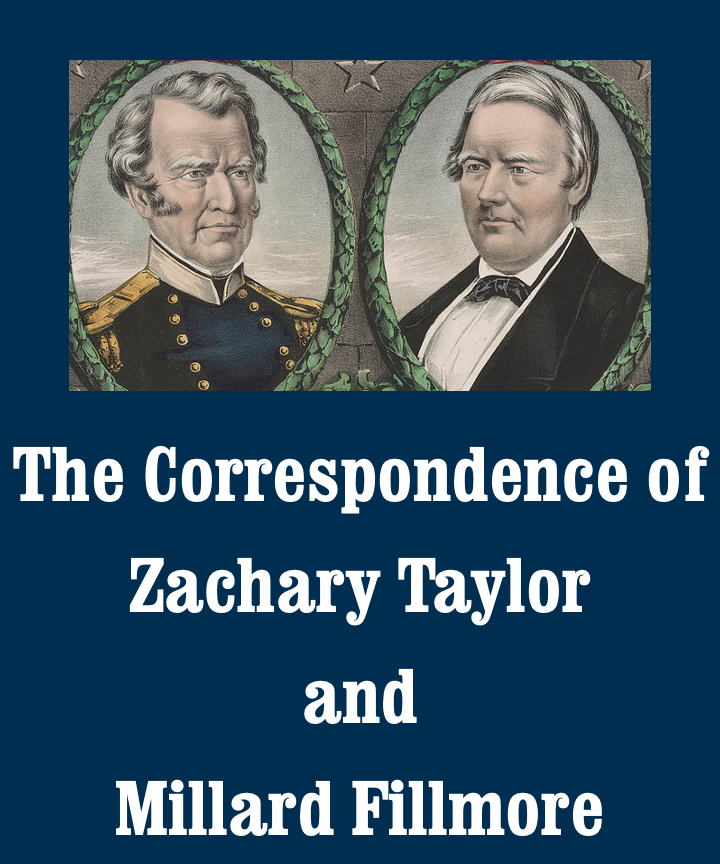When I introduce myself as a “documentary editor,” I tend to arouse confusion. Few people recognize the term. As a colleague noted in one of my favorite lectures on the topic, children never say that they want to be documentary editors when they grow up. So, unfamiliar with the title, my unfortunate interlocutors try to parse the words. A documentary editor, they surmise, must edit documentary films. Surely I know Ken Burns!
Alas, no. With all respect for the Alliance of Documentary Editors, an organization of people who do edit documentary films, I am not one of them. I instead belong to the Association for Documentary Editing, whose members edit historical or literary documents. That is, we documentary editors, unlike those documentary editors, make primary sources accessible to a wide audience. We turn inscrutably written, sometimes faded, and occasionally crumbling manuscripts into easily read books or websites. Then anyone can learn about history from the words of the people who lived through it.
I outline the basic process of our work editing Zachary Taylor’s and Millard Fillmore’s letters on the Our Project page of this website. But it seems worthwhile to explain, in a little more depth, what we editors do on a daily basis. So far, at this project, most work has fallen into two categories. The first is locating letters. Both Taylor’s and Fillmore’s correspondence was scattered widely during and after their lives. The letters they wrote ended up with the recipients, and subsequently with recipients’ descendants, presidential autograph collectors, and libraries and archives across the country and the world. The letters they received were initially in one place, but were afterwards scattered, too. It didn’t help that Union troops ransacked Taylor’s Louisiana home during the Civil War or that Fillmore’s son ordered in his will that his father’s letters be burned. (Luckily, the executor disobeyed.)
So, we editors contact librarians, archivists, collectors, and auctioneers to find the letters. Most kindly share scans—and the time required to make them—so that we can add them to our database and, ultimately, to our edition. During the COVID-19 pandemic, as I’ve mentioned before, repositories have been especially generous in finding and scanning documents, so as to minimize the number of people like us who otherwise would visit their reading rooms. For Fillmore, the search began back in the 1970s when Lester W. Smith and Arthur C. Detmers, at the Buffalo and Erie County Historical Society (now the Buffalo History Museum) assembled a microfilm edition of Fillmore’s papers. Now we continue their work and add Taylor into the mix.
Our second major task so far has been transcription. On its face, this sounds pretty simple. We read the text of a manuscript and type it into a computer. Those who have seen many nineteenth-century letters, though, know that this is far more difficult and complex than it sounds.
Consider, for example, this letter:

Thurlow Weed to Fillmore, September 19, 1844 (SUNY–Oswego)
Fillmore received it from Thurlow Weed, a leader of New York’s Whig Party, in September 1844. Even if able to decipher “Dear Fillmore,” at the top, few could read every word without some long pauses. Not only is Weed’s penmanship less than award-winning, but either a pen low on ink or decades of storage have left his fifth line faint. And don’t get me started on the perennial dilemma of what’s a comma and what’s a period. The students who initially transcribe letters like this one put admirable effort and time into rescuing the text from its cursive cage. I then proofread their transcriptions, filling in any words or punctuation that they found especially opaque.
Conventions of handwriting further complicate transcription. For instance, the words at the end of Weed’s second and the beginning of his third line may appear particularly confusing. But notice the tiny horizontal mark at the end of the second line. That’s a hyphen: Weed divided a word into two. His “call-” and “ed” together form “called.” Sure, we may have been taught in school not to split single-syllable words like that. But Weed either wasn’t or didn’t care. Then, near the end of the fourth line, a word is struck out with three hashes. Weed changed his mind and canceled that word. We editors must decide how to deal with such notations, which are easy to write by hand but not to print in a book or on a website. Some editions omit canceled text, considering it not part of the final document as envisioned by the author. At Taylor-Fillmore we include it, but with a single strikethrough—standard computer formatting—rather than whatever hashes or squiggles or shading the author used. Weed’s canceled word becomes “his.”
A plethora of other issues show up. Financial accounts make for formatting fun. Text like this, included in a letter Fillmore received from his friend Day O. Kellogg in late 1848 about real estate sales and rent, cannot be “simply” typed into a word processor:

Day O. Kellogg to Fillmore, November 30, 1848 (SUNY–Oswego)
Working with print and digital publishers, editors need to decide how best to represent lines that aren’t in paragraph form and how best to input them to achieve the desired appearance. Some editing projects, such as the George Washington Financial Papers Project, encounter these questions every day.
Perhaps the starkest challenge in transcription is language itself. The vast majority of letters by or to U.S. presidents were written in English, but Taylor and Fillmore received some in French, Spanish, Italian, or Russian. Earlier, when I was working on James K. Polk’s correspondence, I encountered letters written in the Dakota Indian language—read, sadly, by few today—and in such bad German that colleagues who teach German for a living found it a worthy challenge. I’ve seen letters written in phonetic English, usually because the authors were semiliterate and occasionally because they thought it was cute. At my first editing job, with the Papers of Elizabeth Cady Stanton and Susan B. Anthony, I worked on a series of letters by Anthony that survived only in her secretary’s shorthand—a type of shorthand that no one had used in many decades. Colleagues of mine, though fortunately (fingers crossed) not I, have dealt with letters that seem to be in normal English but turn out to be in code. The authors wanted their messages kept private. But it’s our job, centuries later, to overcome their precautions and bad handwriting to make primary sources accessible to the public.
So, please give a hand for our student transcribers.
